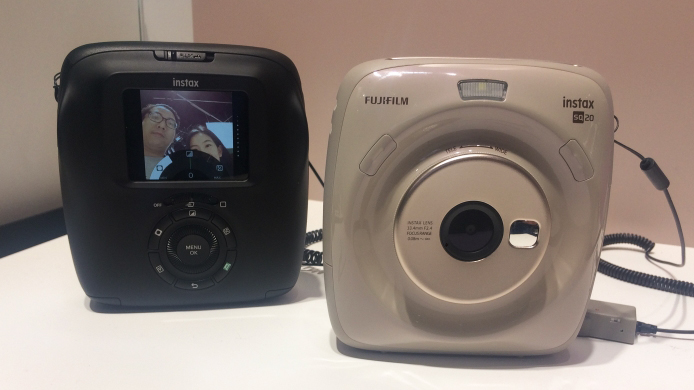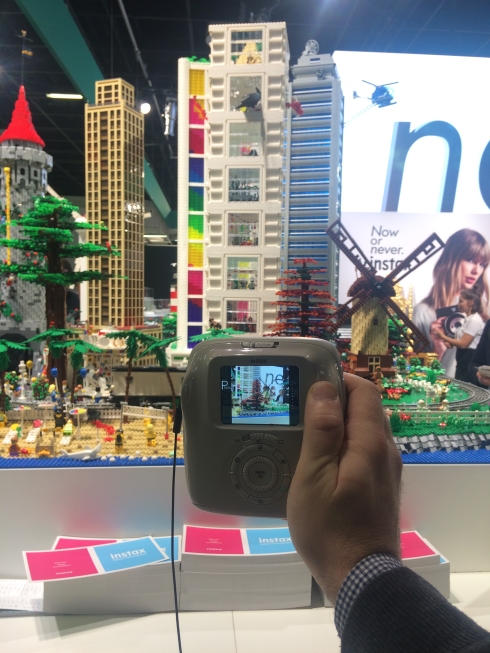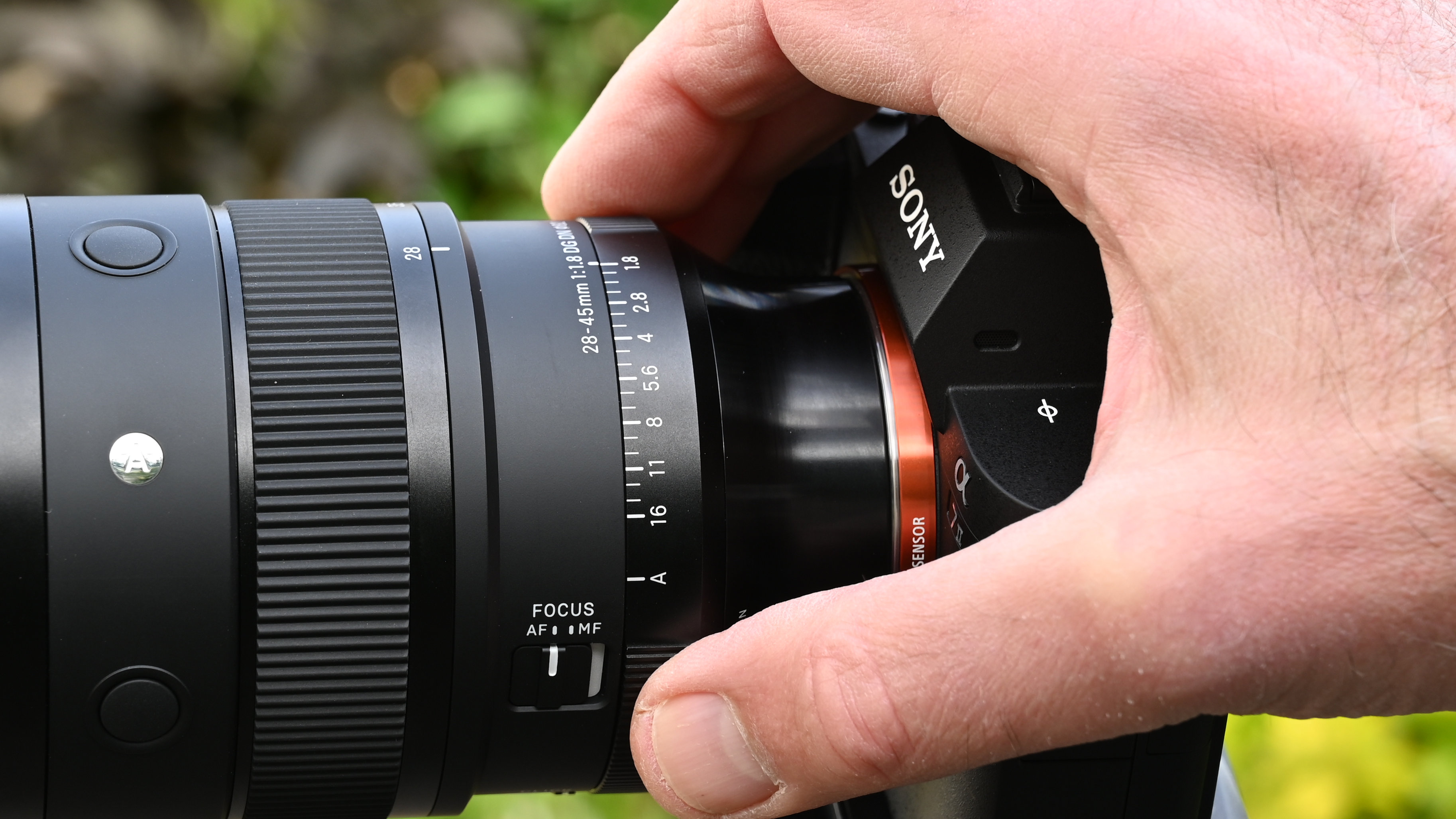Is the Instax Square SQ20 still worth buying in 2022?
Once the king, is the Instax Square SQ20 still a hybrid instant camera worth buying compared to the competition?

The Instax Square SQ20 was once the hybrid instant camera on the market. However, with it having been superseded by numerous models, is it still a camera worth buying in 2022?
Fujifilm's first ever hybrid, the Instax Square SQ20 was released back in 2018. It was a successor to the SQ10, accepting the same square-format instant film, but it wasn't an analog device; instead it was one of the best digital instant cameras, able to produce instant prints like a regular Instax or Polaroid camera, or act like a standard digital camera that simply takes photos.
• Wondering what type of instant film you need?
Since then, however, other similar yet more advanced rivals to the Instax Square SQ20 have hit the market – most notably, from Fujifilm itself. So, is the SQ20 still a smart buy, or should you opt for the Instax Mini LiPlay or Instax Mini Evo – or even the analog-only Instax Square SQ10?
Well, there's three real questions to ask here…

Do you want the best hybrid instant camera?
If you're simply after the best hybrid camera that can take digital photos, and print only the ones you want committed to instant film, then the LiPlay and Evo are both superior options to the Instax Square SQ20.
The Evo offers the best image quality and the most useful features, while the LiPlay boasts the ability to record voice notes that can be attached to your photos via QR codes printed on them.
The best camera deals, reviews, product advice, and unmissable photography news, direct to your inbox!
Most importantly, both the Evo and LiPlay act as standalone printers – so you can print any photo on your smartphone (or even the Fujifilm X-S10, in the case of the former) onto Instax Mini film. The Instax Square SQ20, alas, lacks this feature.
Do you want the best Instax Square camera?
If you don't care about anything other than having the best quality Instax Square prints, your best bet is to opt for the Instax Square SQ10.
It may be an analog-only camera, but the image quality is far superior to the Instax Square SQ20. The digital camera has a very small (1/5") sensor with a tiny 1,920 x 1,920 resolution – so the digital files themselves are very low quality, and the prints produced by the camera suffer from exposure limitations and banding issues.
So, if top quality photos is your top priority, analog is the answer.
Read more:
Instax Mini LiPlay review
Instax Mini Evo review
Fujifilm X-S10 review

James has 25 years experience as a journalist, serving as the head of Digital Camera World for 7 of them. He started working in the photography industry in 2014, product testing and shooting ad campaigns for Olympus, as well as clients like Aston Martin Racing, Elinchrom and L'Oréal. An Olympus / OM System, Canon and Hasselblad shooter, he has a wealth of knowledge on cameras of all makes – and he loves instant cameras, too.
